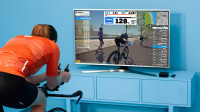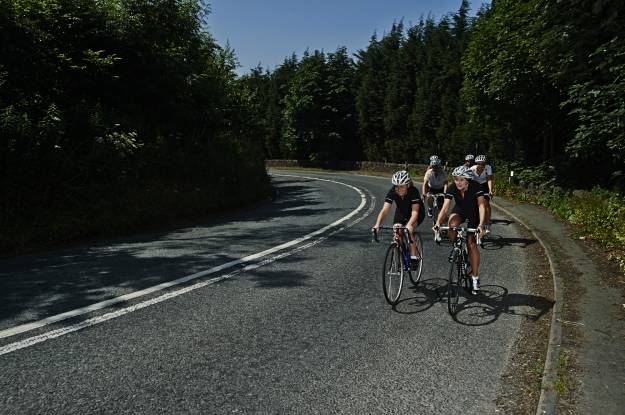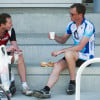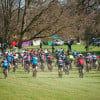Knowledge Level: Intermediate
Saddle comfort plays a crucial role in your enjoyment and performance. Saddle soreness can turn a long ride into a painful struggle, distracting you from your effort and even forcing you off the bike. However, with the right approach, you can minimise discomfort and prevent long-term issues.
Understanding the causes of saddle soreness and how to prevent it will help you ride longer, pain-free, and with confidence. Whether you're a seasoned cyclist, a para-cyclist, or just starting out, these practical tips will help you find the right setup and habits to avoid discomfort.
Causes
As the name suggests, saddle soreness is a pain or discomfort felt in the areas of your body in contact with the saddle. This includes your sit bones or the perineum for those in a more aggressive riding position. Chafing of the inner thighs from saddle friction can also contribute to discomfort. A certain level of soreness, redness, or inflammation is normal after long rides, but persistent pain affecting rideability should be addressed immediately.
The most common saddle sore is an infected hair follicle (folliculitis) or a more severe boil (furuncle). While infected follicles usually clear up quickly, untreated boils can escalate and may require medical attention, including antibiotics.
Saddle soreness results from a combination of factors: prolonged pressure, friction from pedalling, trapped moisture from sweat, increased temperature, and restricted blood flow. Together, these elements create the perfect conditions for irritation and sores.
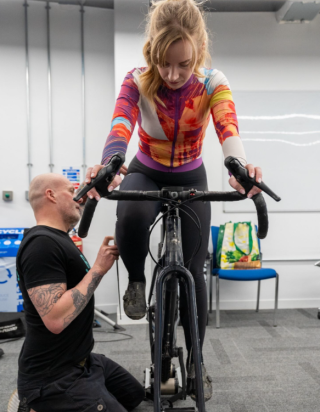
Prevention
To avoid saddle soreness and discomfort, consider these key preventative measures:
Bike fit
A well-fitted bike is essential. Incorrect saddle height or poor handlebar positioning can lead to weight imbalance and excessive rocking, contributing to discomfort. Para-cyclists should ensure that adaptive equipment is properly fitted to reduce unnecessary pressure and improve overall comfort. Professional bike fits can also identify leg length discrepancies, another common cause of soreness.
Saddle choice
Not all saddles are created equal. Bigger and more padded does not always mean more comfortable. Some cyclists find that thin, lightweight saddles provide better support. Don’t be afraid to try different shapes, including cut-outs, twin noses, or channel designs to alleviate pressure. Para-cyclists using custom saddles should explore ergonomic and pressure-relief designs tailored to their specific needs. A good bike shop can help you find the right fit and may offer a trial period for different saddles.
Cycling shorts
Investing in quality cycling shorts is crucial. Look for reputable brands with high-quality chamois pads that suit your anatomy. Consider bib shorts, which stay in place better than traditional shorts, reducing friction.
Never wear underwear beneath your cycling shorts - especially cotton - as it retains moisture and increases the risk of chafing and infections.
Chamois cream
Applying chamois cream to your perineum and the pad of your shorts reduces friction, hydrates the skin, and prevents irritation. Many creams also contain antibacterial properties.
Build up slowly
Like any aspect of cycling, your body needs time to adapt to long hours in the saddle. New riders often sit heavily on the saddle and bounce more due to inexperience. Over time, as your technique and strength improve, more of your weight will transfer through the pedals, reducing saddle pressure.
Paracyclists using handcycles or other adaptive equipment should take extra care to build endurance and gradually maintain weight distribution.
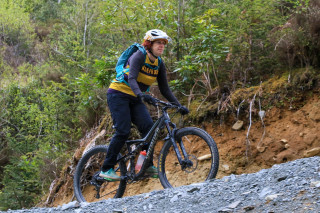
Stand up regularly
Even on flat terrain, try to stand out of the saddle every 10-15 minutes to relieve pressure and restore blood flow. Para-cyclists who are unable to stand should shift weight periodically and make small positional adjustments to prevent excessive pressure buildup.
Maintain hygiene
Bacteria thrive in warm, damp environments, making sweaty cycling shorts a breeding ground for infections. Always wear clean shorts for every ride and change out of them as soon as possible afterwards. If you're on a multi-day ride, bring enough pairs or use a travel-friendly detergent to wash them. Many professional riders also use antibacterial soap in the shower to thoroughly clean the saddle contact area.
Saddle soreness is an issue that most cyclists will encounter at some point, but it doesn't have to become a major setback. A proper bike fit, the right saddle, quality shorts, and good hygiene practices can significantly reduce discomfort and keep your rides enjoyable.
For para-cyclists, optimising adaptive equipment for comfort and function is especially important. If soreness persists despite making adjustments, consider consulting a professional bike fitter or medical expert to ensure your setup is tailored to your specific needs. Prioritising comfort will not only enhance your riding experience but also allow you to perform at your best.




